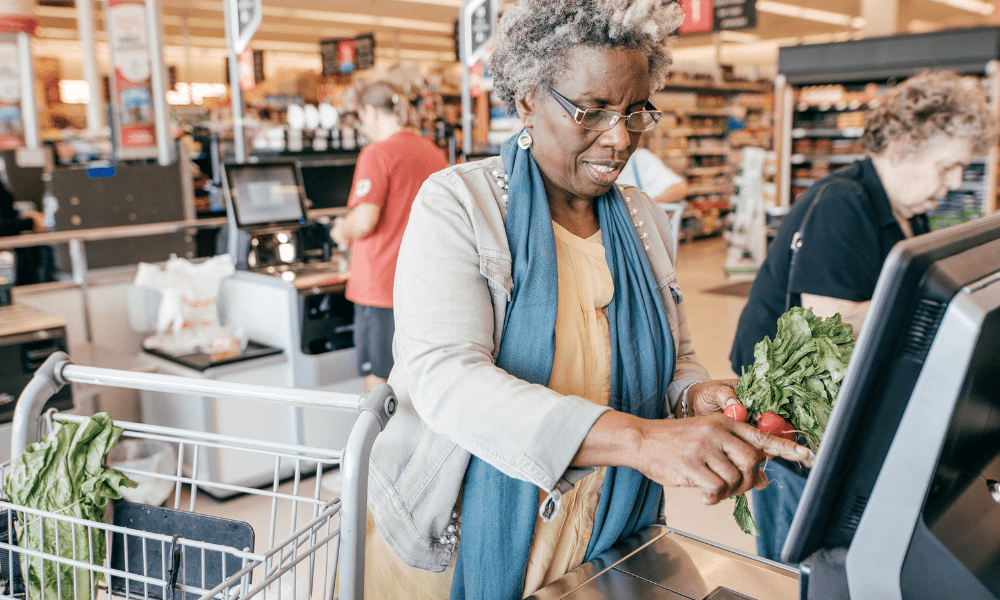As Canadians cope with the waves of change from the last few years, it’s hard for many of us to swallow the rising costs at the grocery store. It’s even making news outside of Canada, with a story reaching the New York Times this month. The rise in prices is caused by complex and interconnected issues, such as inflation, supply chain issues, weather conditions impacting agriculture, and, the most discussed amongst consumers, allegations of opportunistic retailers. Whatever the cause, it is costing us more to put food on the table, and for older adults on fixed incomes or living in isolation, there is greater risk of food insecurity.
Although, sadly, we’re not sure when the wave of expensive living will end, you can stay nourished without overpaying for the essentials. Read our tips below:
1. Try frozen and canned fruits and veggies
Produce sold frozen or in cans provide the same nutritional value as their fresh versions, often without additional cost. The longer shelf life also helps save your budget and reduces food waste over time. Check out food blogs online for tips on how to make frozen ingredients yummy, like roasted vegetables or smoothies.
2. Look for deals in stores, flyers, and online
We all love getting a good deal, which businesses will use to get us in the door. Check your mail for weekly flyers from your local grocery stores, try online grocery shopping to check prices, and even find promotions in real time, or keep an eye open for sale tags on store shelves. Many retailers also offer rewards programs to help you save, and provide discount programs for seniors – but check with individual stores for terms and conditions.
3. Try discount chains or stores with lower price tags
If you have options in your neighbourhood, now might be a good time to switch to a different store. If you shop at Loblaws, their budget-savvy subsidiary No Frills has many of the same items for a lower cost. Additionally, generic store brands often offer the same quality, tasty items without markups.
4. Share costs and common items with a group
Borrowing sugar from a next door neighbour isn’t just a way to get to know them better; it also makes good economic sense. Talk to friends, family, or people in your community to see if you can share the cost and use of commonly-used cooking ingredients. During the warmer months, hosting communal meals like potlucks and cookouts is a cost-effective way to prevent people from feeling hungry while creating bonds with those in your neighbourhood.
5. Know there is no shame in seeking help
In 2022, many food banks in Canada reported a spike in clients, which is expected to continue this year. These numbers indicate how deeply issues like food insecurity run, but it also means you are not alone if you need support. Organizations like the Mississauga Food Bank can help you access healthy, nutritious meals with discretion. You can also use Food Bank Canada’s online tool to find locations nearest to you.





